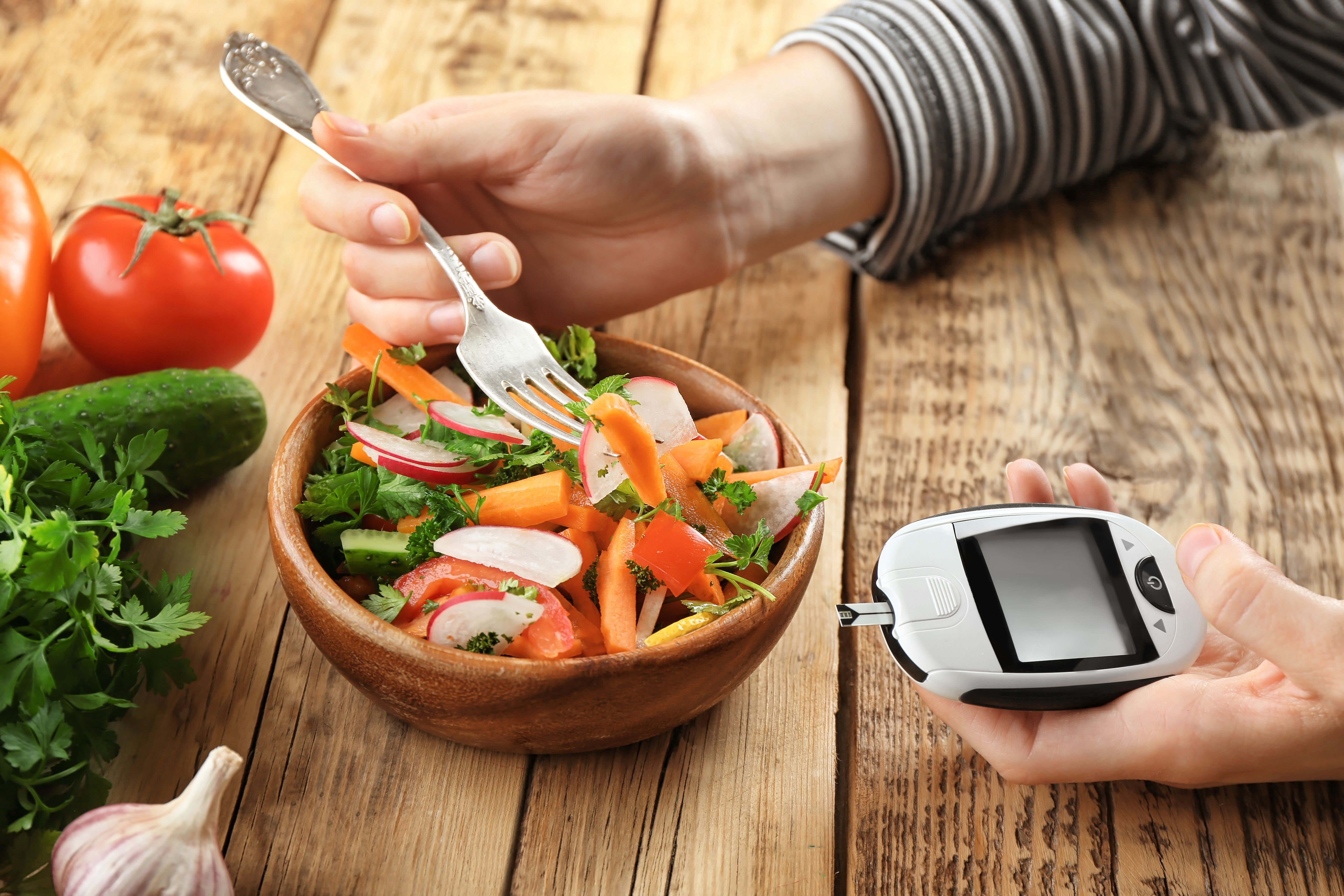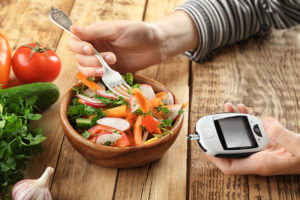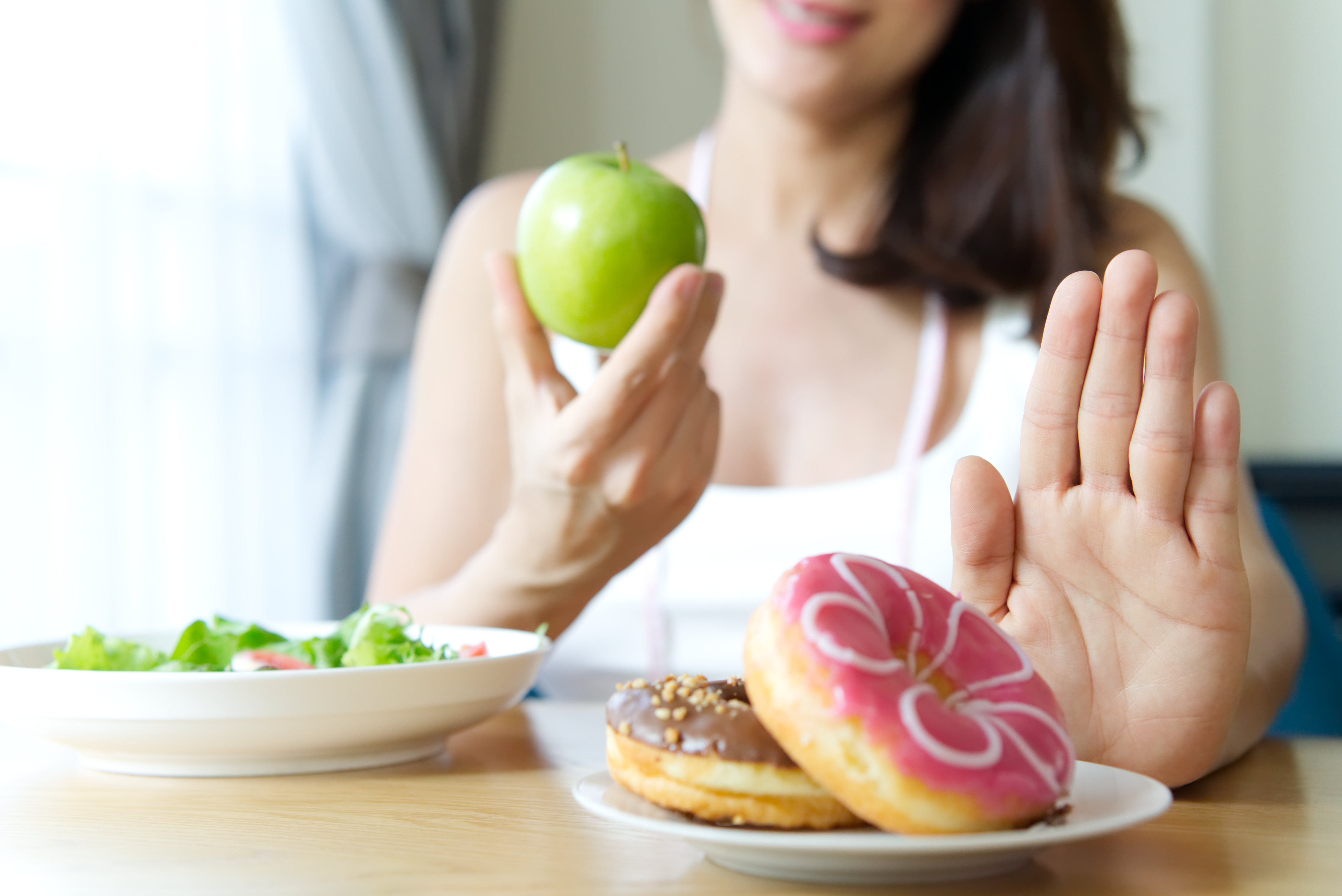
Blood Sugar Test Devices
The World Health Organization predicts that the world-wide incidence of diabetes and other blood sugar-related problems will rise from 171 million in 2000 to 366 million in 2030.
For people with issues in blood sugar levels, keeping the blood sugar within normal ranges (not too low or too high) is a life-long challenge. New devices and methods to make the task easier are emerging rapidly with advances in technology. The days of routine finger pricking with lancets, a drop of blood and test strips can be replaced with blood sugar monitoring done instantly, at the comfort of your home.
The key to keeping your blood sugar within the specified normal range is to maintain a balance with your lifestyle, diet, physical activities, and medicines (as prescribed by your healthcare provider). An appropriate blood sugar monitoring device should assist you in understanding the link between your blood sugar, insulin, food, and exercise.
Below are the commonly used ways to check blood sugar values:
Let’s have a quick peek at each device.
BLOOD SUGAR TESTING PATCH
How They Work
This blood sugar testing method uses a non-invasive, adhesive patch which measures blood sugar through the skin, with no need for a finger-prick blood test. This technology potentially eliminates the need for painful, invasive tests to monitor blood sugar levels of diabetics or persons with blood sugar disorders. The patch doesn’t pierce the skin, but rather draws glucose out from the fluid between your cells across hair follicles. These are individually accessed through an array of miniature sensors that employ small amounts of electrical current. Blood sugar readings can be taken easily every 10-15 minutes over several hours.
Your blood sugar readings can then be conveniently sent and stored to your smartphone app, a monitor, or a wearable insulin pump that delivers medicine!
Are They Accurate?
According to the scientists who invented the technology, the system’s ability to measure blood sugar from small areas on hair follicles makes it highly accurate. Confirming the readings using blood sampling techniques may no longer be necessary. More research studies may be needed to support this claim.
Average Cost
The cost, however, can be expensive for those who lack insurance or whose insurance company doesn’t cover the patch system. The system, depending on the brand, can cost around $1,300 up to $3,000 per year for the average patient. With insurance, the typical patient needs to co-pay about $30-$50 a month.
PROS
CONS
BLOOD SUGAR TEST WITHOUT BLOOD
How They Work
This revolutionary system of monitoring no longer requires you to prick to obtain a reading but gives you a reading merely by scanning. It consists of a reader that displays your blood sugar (glucose) with each scan, and a small, water-resistant sensor that can be worn on the back part of the upper arm.
Are They Accurate?
Not all the time. A finger prick test using the reliable blood glucose meter may be required when the person is critically sick. These are the times when blood sugar levels change swiftly; hence may not be captured accurately by the sensor. When blood sugar levels are deranged or out of control, the system may not be the best option to use as the device may not measure blood sugar accurately. It is crucial, as in other devices, that when symptoms of low blood sugar (hypoglycemia) such as nausea, hunger, sweating, headache, dizziness, or trembling are apparent but the readings do not match, that another reading istaken. This preferably should be done using another method of monitoring blood sugar such as the glucose meter.
Average Cost
In major pharmacies in the US, the average price for the reader device which is purchased only one-time is $70. The blood sugar testing sensor, which can be used for 10-14 days, depending on the brand, costs about $35-$40. Most insured patients will pay roughly $40-$75 monthly for 14-day sensors.
PROS
CONS
CONTINUOUS BLOOD SUGAR MONITORING
How They Work
This device is also known as the continuous glucose monitoring (CGM) device can measure your blood sugar levels 24 hours a day. The device makes it possible to check blood sugar readings in (nearly) real-time, as well as track historical data. It is generally useful for people with on-going or continuous problems in regulating blood sugar levels. It is composed of a small sensor attached to a transmitter. Basically, the CGM allows individuals to know their blood sugar values, and importantly, the trends, using a smartphone or the receiver that comes with the system.
Are They Accurate?
According to research evidence, the accuracy of the CGM has reached a point where the replacement of the traditional self-monitoring blood sugar device is already feasible. However, to be consistently accurate for long-term, so that CGMs can completely eliminate the conventional blood sugar monitoring methods, effective factory calibration needs to be in place. Re-calibration checks will also be best. The accuracy of various reliable continuous blood sugar monitoring devices in the market, combined with innovations in user interface continue to provide persons with diabetes improved options in monitoring.
Average Cost
The up-front cost of the CGM device plus a transmitter battery which may need to be replaced in a year or so is from $1500 to$2,500 depending on the brand. For the whole system inclusive of the sensors, transmitter and monitor, prices vary significantly depending on the brand, and your insurance coverage. Typically, the CGM system should range from roughly $3,400 up to $4,800 in terms of annual cost (or from $670 up to $960 for individuals with 20% coinsurance).
PROS
CONS
GLUCOSE MONITOR
How They Work
Even if there are less invasive ways to monitor blood sugar, the most commonly used device of diabetics at home still is the blood glucose monitor. This reliable machine allows you to measure sugar (glucose) levels of your blood. This is done through the conventional finger prick using a lancet or finger-pricking device that comes with the system. The second step would be to use a test strip (connected to the blood glucose monitor) that should touch/absorb the blood from your finger. The glucose in your blood reacts with chemicals of the strip. Electrical current will then pass through the system and determine the level of blood sugar in your blood sample, providing numerical results in the glucose monitor within seconds.
Are They Accurate?
The currently available blood glucose monitors show acceptable precision based on vast research evidence. Experts claim that it is unlikely for minimal errors that have been reported to translate to clinical/significant errors in blood sugar management.
Average Cost
Glucose monitors tremendously vary in price depending on the brand and features you choose. For people without insurance, a unit can cost between $9 and $1,200. On average, blood glucose monitors can range from $20-$80. The test strips (specific to the blood glucose monitor being used) can cost about $100 per month. The small, thin needles called “lancets,” used to puncture the skin on your finger when checking your blood sugar can cost between $5-$22 per 100 lancets (depending on the features). For instance, some lancets are thinner and sharper, which can mean less pain during blood sugar testing.
PROS
CONS
Final Note
Whether you are a diagnosed diabetic, or at high risk for the condition, your blood sugar is an essential measure of your health. Too much sugar in your blood is a common factor among the different types of diabetes. If you’re struggling with blood sugar control, you are not alone! With modern technology and tools, you can take the right steps to control your blood sugar and prevent severe complications. It will help you feel your best even with diabetes or other blood sugar-related problems.

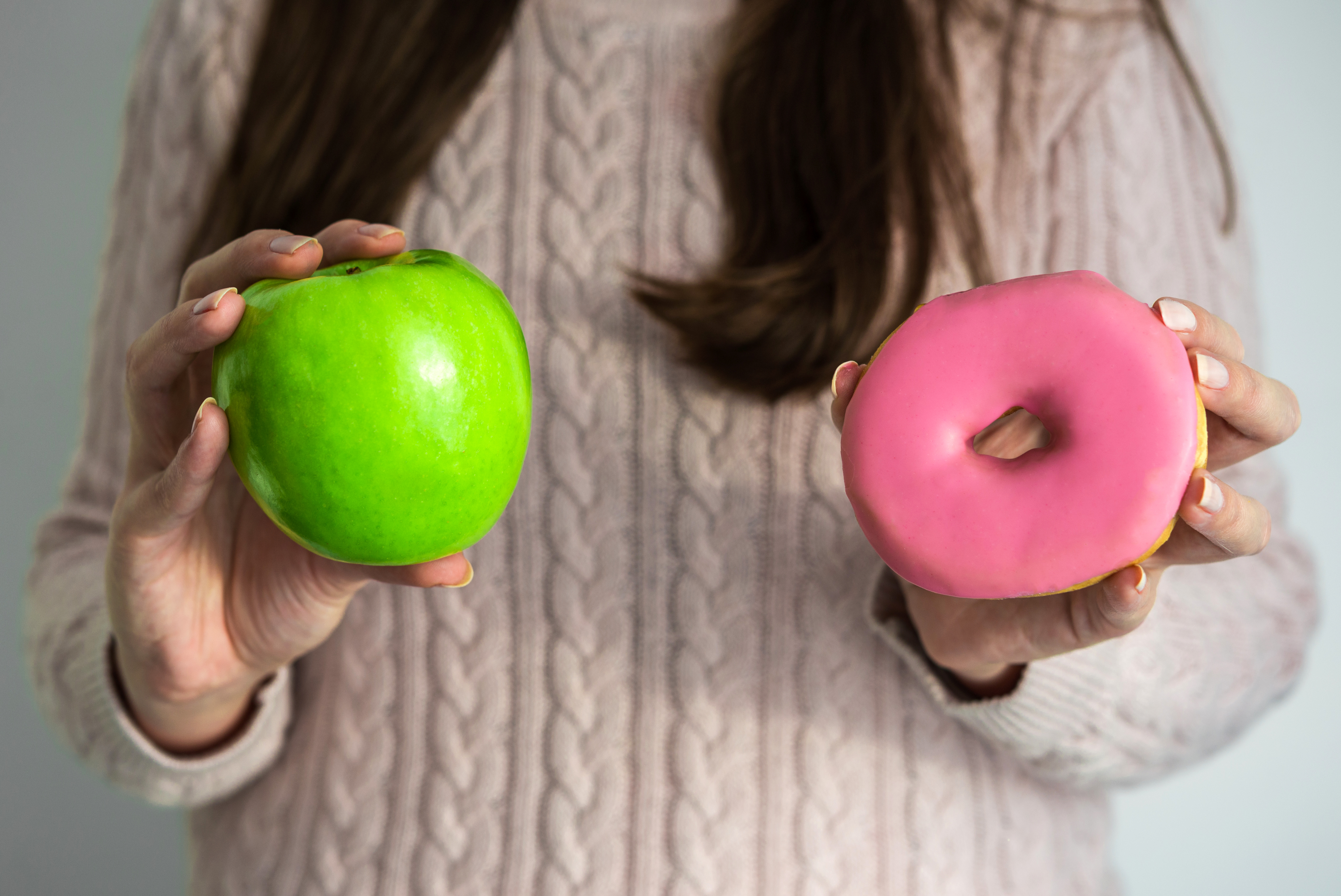
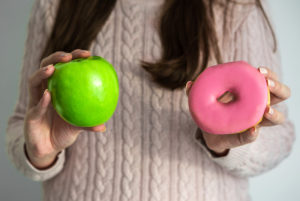



 According to the Centers for Disease Control and Prevention, 37 percent of US adults have prediabetes. This condition is associated with obesity and characterized by insulin resistance and elevated blood sugar levels. Weight loss and increased physical activity can often prevent prediabetes from developing into type 2 diabetes. Here are a few more lifestyle changes that can help to reverse prediabetes and return blood sugar levels to their normal range.
According to the Centers for Disease Control and Prevention, 37 percent of US adults have prediabetes. This condition is associated with obesity and characterized by insulin resistance and elevated blood sugar levels. Weight loss and increased physical activity can often prevent prediabetes from developing into type 2 diabetes. Here are a few more lifestyle changes that can help to reverse prediabetes and return blood sugar levels to their normal range.

